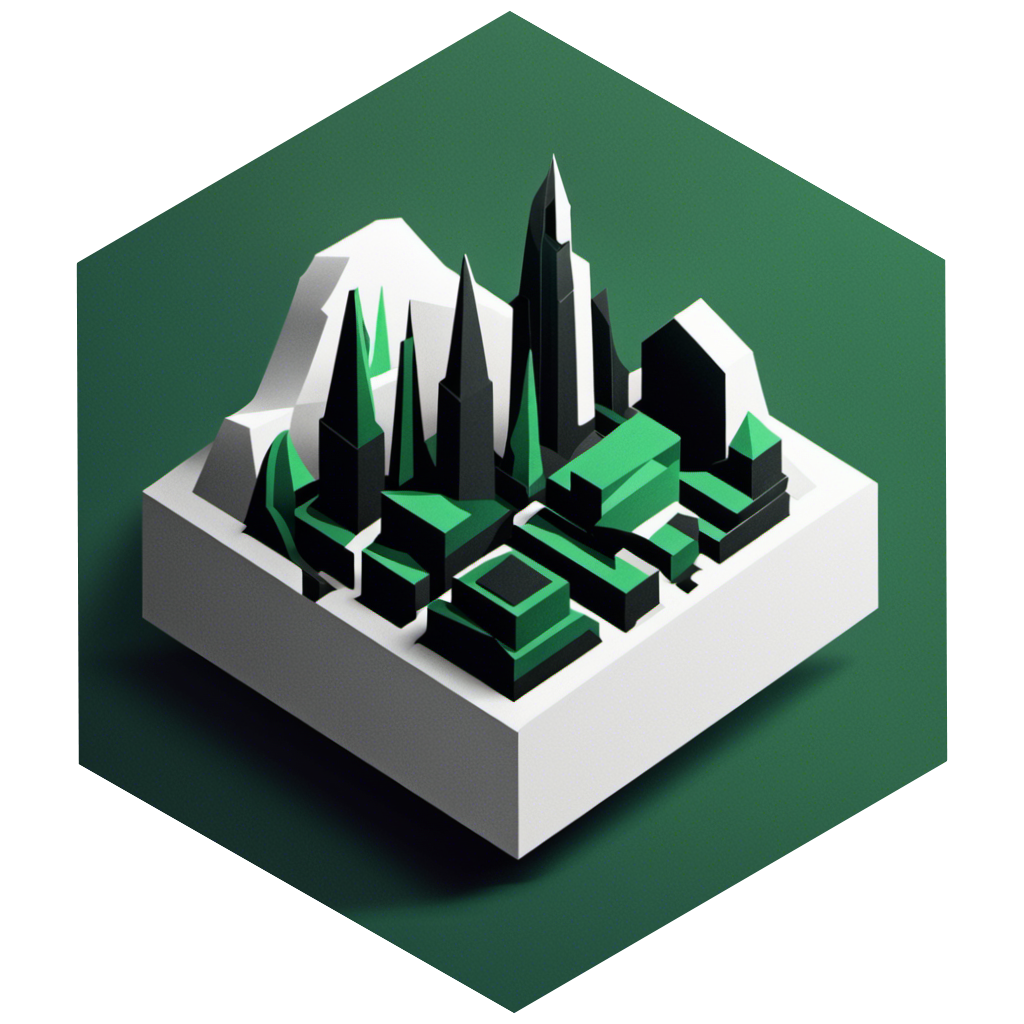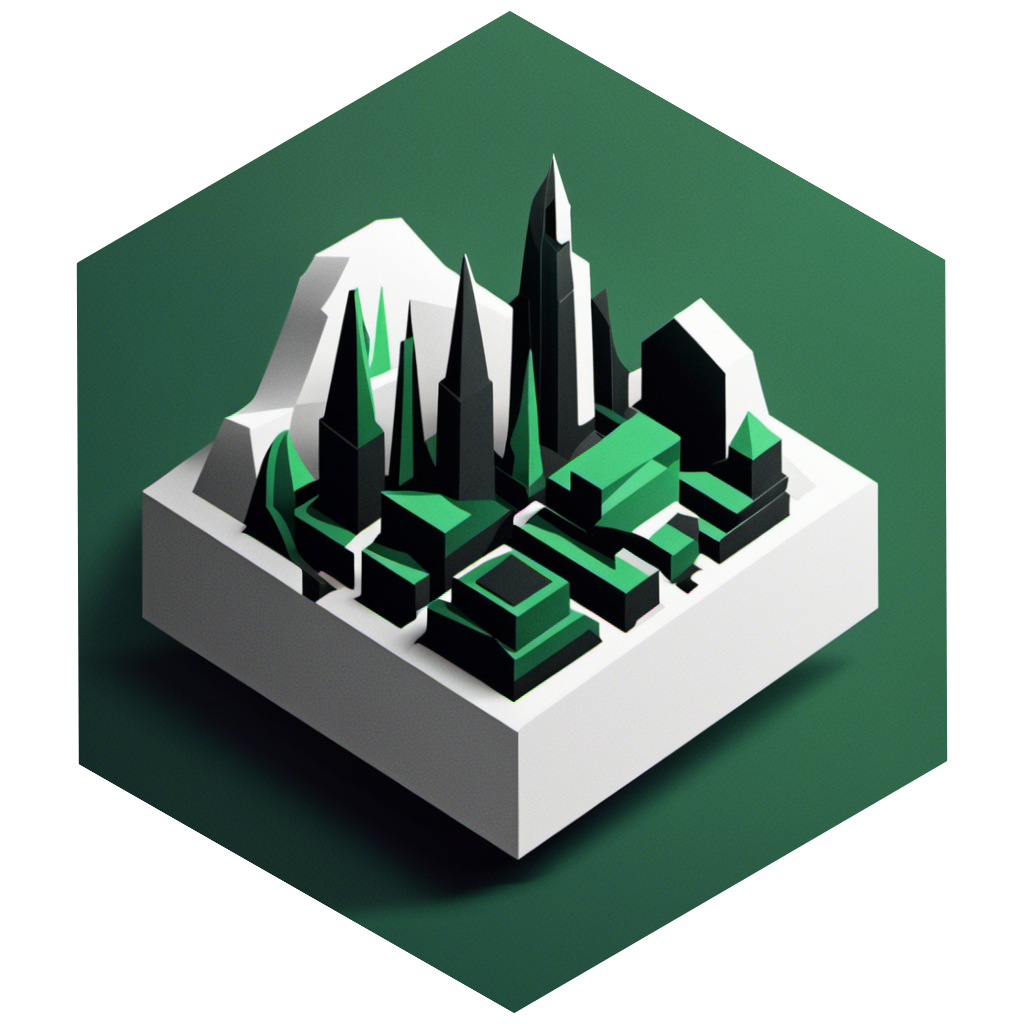
Running a brand new environment with an Elastic Stack
You can uselayerform spawn elastic_stack my_layer to spawn an instance of the elastic_stack layer whose ID is my_layer.
Given the elastic_stack layer depends on an instance of the base layer, layerform will take care of spawning a new one for you because there are no existing instances of the base layer. Then, it’ll spawn your elastic_stack layer.

base layer, it’ll receive the name default, because no other instances of the base layer existed before.
Now, if someone else in the team wants to spawn Elasticsearch and Kibana instances, they can run layerform spawn elastic_stack another_layer to create an instance of elastic_stack whose ID is another_layer.
In that case, an instance of the base layer with ID default will already exist. Therefore, Layerform will spawn the elastic_stack layer on top of it.

By default, Layerform will attempt to use underlying layers whose ID is
default.Whenever an underlying layer with ID default does not exist, Layerform will create one and apply the target layer on top of it.Destroying environments
To destroy your environment, you can uselayerform kill elastic_stack my_layer. This command will cause Layerform to tear down the instance of the elastic_stack layer whose ID is my_layer.

base layer when there’s still another_layer on top of it. If you try to do that by running layerform kill base default you’ll see an error.
That error happens because you can only destroy a layer instance when no other instances depend on it.
To actually destroy the base layer with ID default, you must first destroy another_layer running layerform kill elastic_stack another_layer.

layerform kill base default.
Using layers within a team
To use layers within a team, you must ensure that everyone in your team has configured their Layerform CLI to use the same back-end. That way, everyone will pull definitions from the same back-end. Additionally, they’ll upload layer states there so that everyone in the team can see which layers exist. For that, make sure to tell everyone to update their~/.layerform/config file and use the same back-end. Make sure to also give everyone permissions to read and write from that bucket, and have their AWS credentials configured in their machines.
